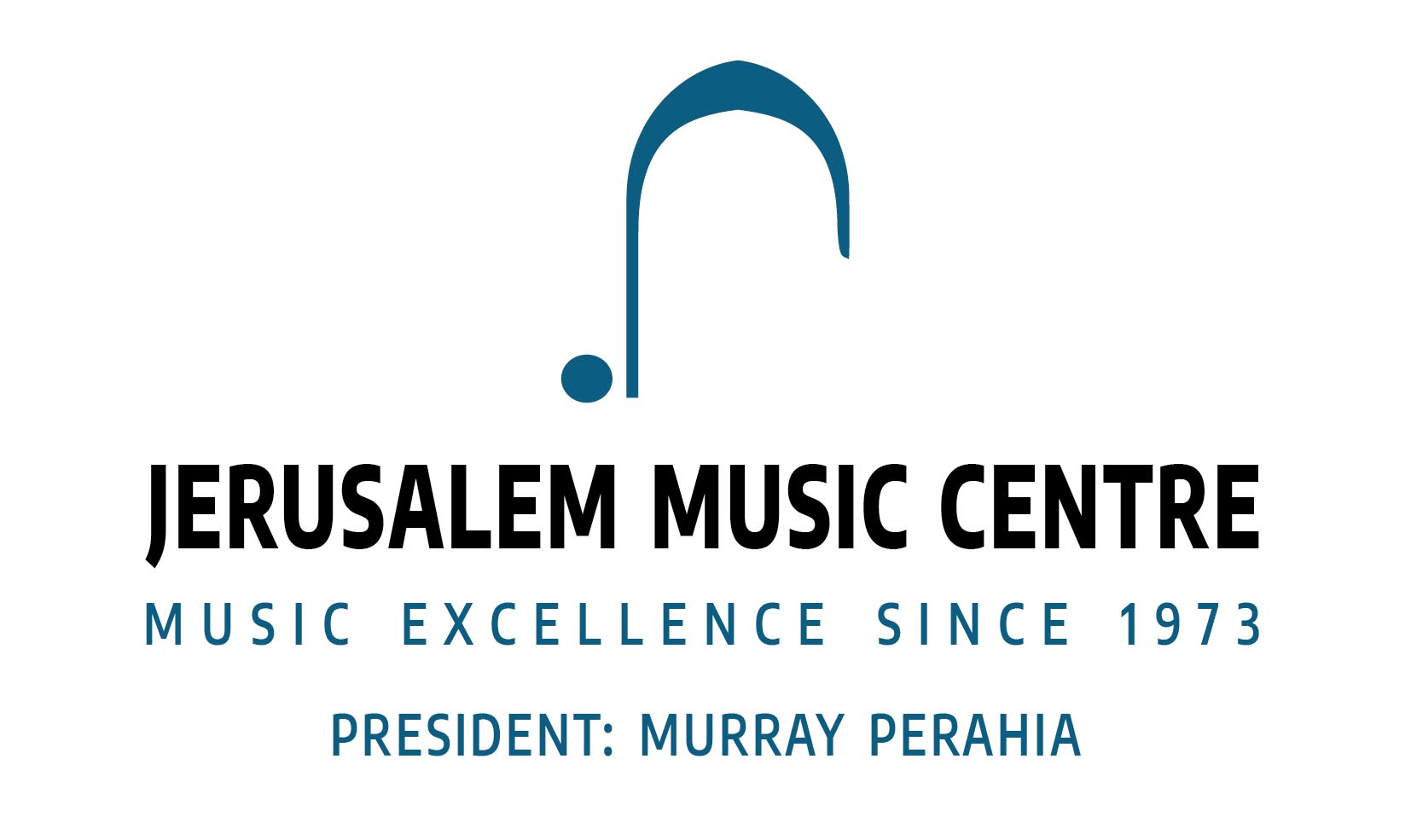Here is a video of a master class by one of the greatest violinists of the 20th century, Henryk Szeryng. In this class, Szeryng works with three young musicians on Beethoven’s Opus 1 Piano Trio..
The first thought that comes to mind when we see the term Opus 1 added to a score title, is that it is probably the composer’s first composition, or at least one of the first works. This thought is not true to say the least. The first opus of each composer will usually include the work or works he chooses to present as those that fully represent him and he can stand behind them, as if they were the first brick on which the complex of his works would be built. This was exactly the case with Beethoven’s first opus which included three trios for piano, violin and cello. At the time of composing his opus 1 Beethoven was already a highly skilled composer and a highly sought-after pianist and had completed a ballet piece, a piano concerto, nine quartets, many songs and other works for various chamber ensembles.
Beethoven completed the trio while studying composition with Haydn (which was not so successful). The premiere was at the home of his patron, Prince Karl Likhnowski with Haydn himself present. This encounter between the great figure who was considered Europe’s greatest composers with the ambitious and grumpy young man was not successful as Haydn openly criticized the last trio of the three.
Ferdinand Reys, Beethoven’s friend and student, described the event: “Most of the artists and music lovers were invited, led by Haydn, whose last fours were the hottest talk in town.” The trios were played, and immediately received enthusiasticaly. Haydn also said many beautiful flattering things about the works, but advised Beethoven to wait with the publication of the latest trio, the one in C minor. Beethoven received this criticism harshly. He himself considered the third trio to be the best among all. He was left with a grudge against Haydn and suspected him of being jealous. The impetuous Beethoven did not try to understand Haydn’s remarks in depth. Haydn had no tendency to be jealous of talented young composers, and to witness the wonderful relationship he had with Mozart. Haydn apparently considered the piece very bold and thought it would not be well received by the public and that it would be better to wait a bit.
During the two years between the premiere and publishing, Beethoven corrected the trio and organized numerous private performances to encourage the selling of the scores by professional and amateur musicians alike. Theis move was very successful and the works became popular and were published by the prestigious publishing house “Arteria & Co.” he success was so great that Beethoven managed to sell over 240 copies and earned enough money to make a living for an entire year. Furthermore, interest in Beethoven also grew among the Viennese aristocracy which would yield him significant other patrons.
Szeryng , the celebrated violinist, joins the trio and conducts the class from the violinist’s chair. The lesson deals with several aspects of musical expression in general and those which may be related to Beethoven’s music performance in particular. In his characteristicsharp and articulate playing, Schering illustrates to students the ways in which the drama inherent in Beethoven’s music should be realized, in the dichotomous contrast between delicacy and tenderness and decisiveness and even savagery and violence. He tries to make them not feel afraid of “going wild” when necessary. In his work which follows the score closely, he tries to intuitively instill in students the importance of understanding the written instructions and sticking to them as a necessary step in understanding the music and reaching a correct interpretation. This form of work, when the teacher, the world-renowned musician, joins the young musicians and guides them as a partner and not just as an observer or listener from the side allows musicians an empowering and inspiring experience.





